Tell Me All About Tea
tea,tea knowledge,tea story,tea insights,taiwan tea,fonming tea,high mountain tea,oolong tea,green tea,black tea,coldbrew tea
-
-
Track order
Contact us
Shopping Info
Welcome to Fonming Tea's "Tell Me About Tea" series, where we share tea insights, culture, and stories. Let’s explore and enjoy together!
📜 All articles ▼ (click each title to read the full article)
| #1 Spring Tea: The Essence of the Season | #2 Do tea leaves need to ferment like bread? |
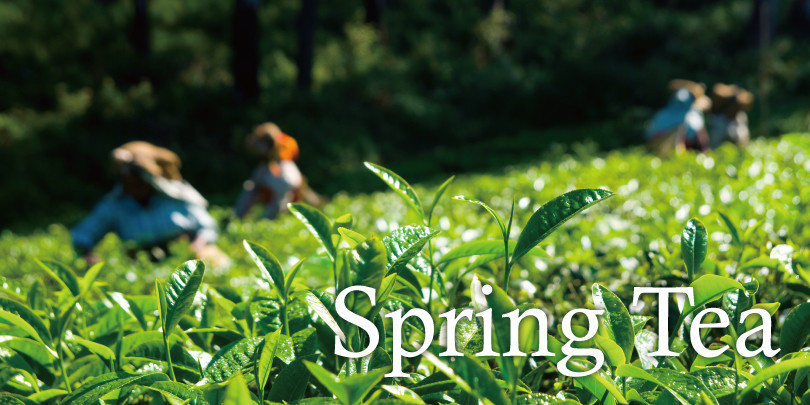 |
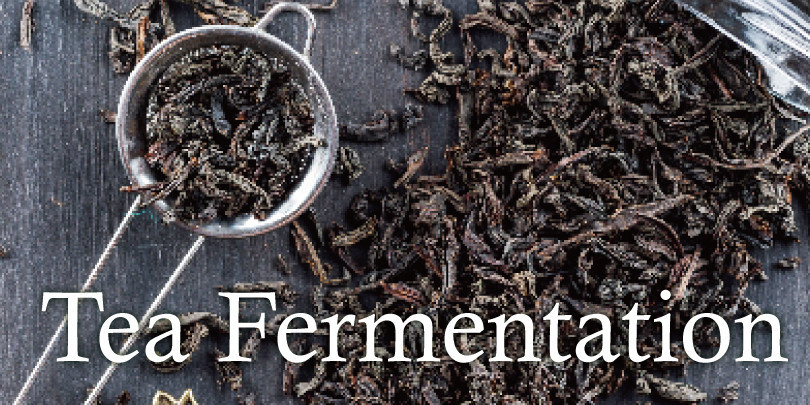 |
| Spring tea, harvested between the "Qingming" and "Grain Rain" solar terms, is known for its fresh, fragrant profile. In Taiwan, it's categorized by the harvest season, with varieties like green tea and oolong tea made through different levels of fermentation and roasting. After winter, tea trees produce tender, vibrant leaves, resulting in spring tea with a more intense aroma and sweeter flavor. Enthusiasts often seek out these seasonal teas for their unique and distinct flavors. | During tea fermentation, interactions between catechins, polyphenol oxidase, and oxygen create unique colors, aromas, and flavors. Tea color helps identify the fermentation level: Green Tea (0%) > Oolong Tea (partially fermented) > Black Tea (100% fermented). Longer fermentation reduces catechins and antioxidants, resulting in lower activity and more sweetness and fruity notes in the tea. Fermentation is the first step, with subsequent processing (drying, roasting) affecting the final flavor. |
| #3 How to Brew Cold Brew Tea? Is the Flavor Weaker? | #3-1 Refreshing Cold Brew Tea Ready in Just 30 Minutes! |
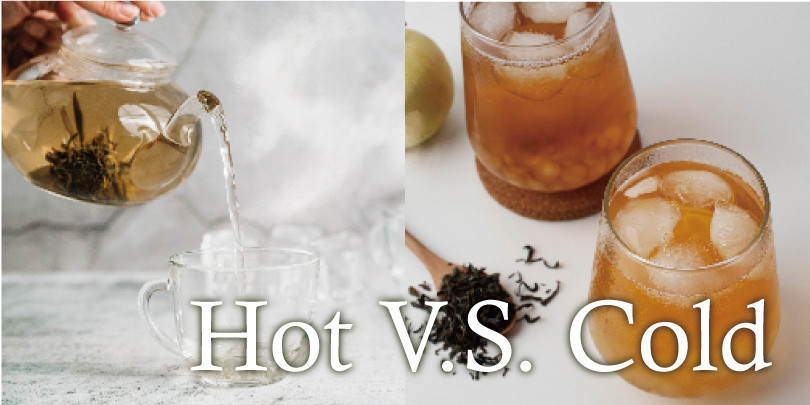 |
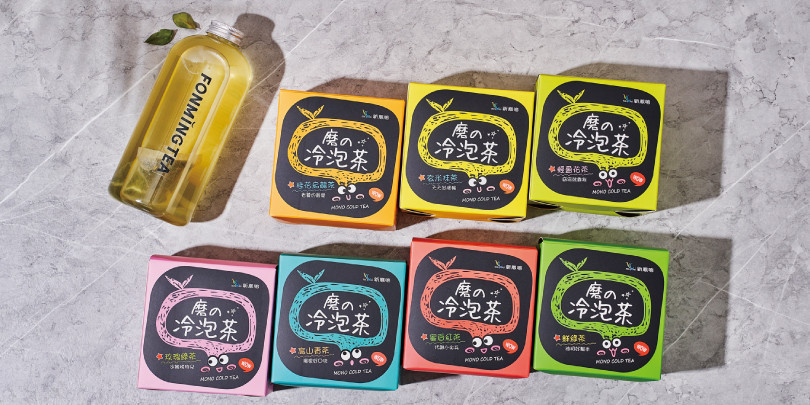 |
| Cold brew tea offers a convenient alternative to traditional hot brewing, with distinct differences in method, aroma, and flavor. ✦ Cold Brew Tea : Steeped in cold water for 4-8 hours, releasing less caffeine and catechins, resulting in a smoother, sweeter taste. ✦ Hot Brew Tea : Brewed at high temperatures for a richer, more complex flavor with more caffeine and catechins, leading to a bit of bitterness. |
Fonming Tea’s Innovative "Mono Cold Brew Tea" — Fresh, Sweet Tea in 30 Minutes! 【Taiwan’s First】Our exclusive grinding technique speeds up cold brewing. 【Easy to Brew】Add a tea bag to 600ml cold water, shake gently, and wait 30 minutes. 【Delicious Flavors】7 options with rich, naturally sweet taste—no added sugar needed! 【Healthy Choice】0 Sugar / 0 Calories / 0 Additives |
| #4 What's the Difference Between Taiwanese and Japanese Green Tea? |
#5 Is Oolong Actually a Person? Is Oolong Tea the Same as Green Tea? |
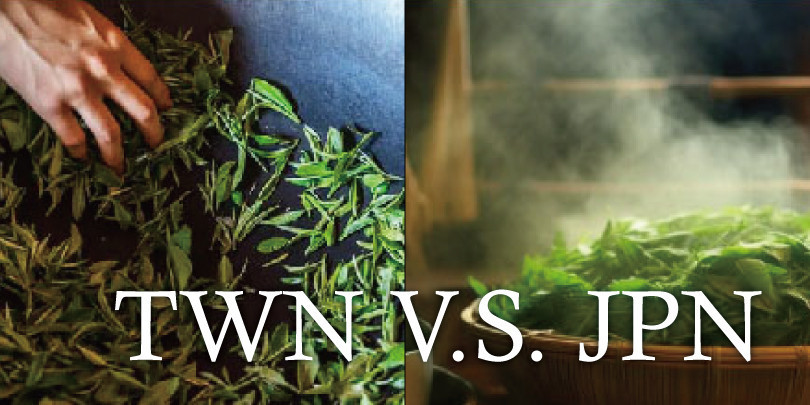 |
 |
| Green tea is not fermented; freshly picked leaves are immediately heated to stop enzyme activity and prevent fermentation. It's rich in catechins for antioxidant benefits, boosts metabolism with its caffeine, and offers a refreshing taste that cleanses the palate. Differences Between Taiwanese and Japanese Green Tea : ✦Taiwanese Green Tea : Uses a pan-frying method to stop fermentation, resulting in a rich, aromatic flavor with a complex taste. ✦Japanese Green Tea : Employs steaming to preserve more catechins, producing a tea with a bright green color and a fresh, grassy, seaweed-like aroma. |
Legend of Oolong Tea: One tale tells of a young man named Long during the Qing Dynasty, known as Wulong (Black Dragon) due to his dark skin. After harvesting tea leaves, he was delayed by hunting, and the leaves fermented overnight. To avoid waste, he roasted them, discovering a unique, fragrant flavor. The name "Oolong" comes from the tea’s dark color and dragon-like shape, as the leaves unfurl in water resembling a black dragon. Oolong Tea: A partially fermented tea with a mix of green and black tea characteristics. In Taiwan, Oolong tea is renowned for its diverse flavors and aromas, thanks to unique processing techniques and specialized tea varieties. |
| #6 Taiwan’s Century-Old Treasure: Oolong Tea! | #7 Can the Name Reveal the Essence of Tea? |
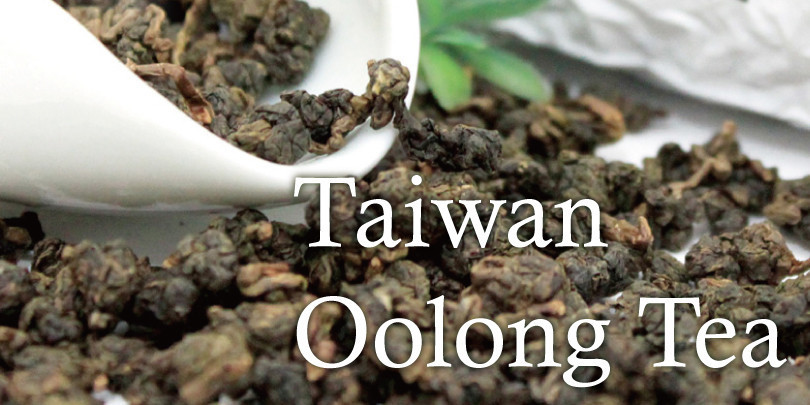 |
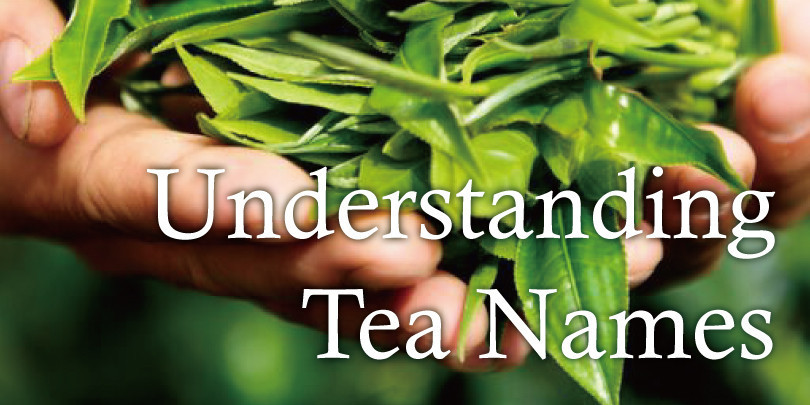 |
| Taiwanese tea, which began exporting during the Qing Dynasty, can be considered one of Taiwan’s earliest exports! Through various cultural and technical advancements over time, Taiwanese Oolong tea boasts unique flavors from its native tea varieties and production methods. Its diverse and distinctive teas are highly cherished by enthusiasts. Notable Taiwanese Oolong Teas include: Baozhong, Dong Ding Oolong, Oriental Beauty, Tie Guan Yin, Jin Xuan, and Red Oolong. 👉Discover Fonming Tea's Unique Taiwanese Teas |
Do you know what tea you’re drinking? The name can provide clues! Taiwanese teas often use descriptive names based on factors like region, variety, production method, flavor, and season. For example, Alishan Oolong Tea: Named for its origin in Alishan, its oolong processing, and its fresh aroma. Taiwan Tea No. 18 Red Jade Tea: Refers to the Tea No. 18 variety, with a bright red color. Story-based names often honor the inventor or historical references. For instance : Jin Xuan Tea: Named after the breeder Wu Zhenduo’s grandmother, "Jin Xuan" is a pure Taiwanese variety. Alishan Pearl Tea : evoking the image of dew-drenched high-mountain tea leaves resembling pearls. |
| #8 Was the Invention of Tea Bags a Complete Accident? | #9 Introduction of Black Tea |
 |
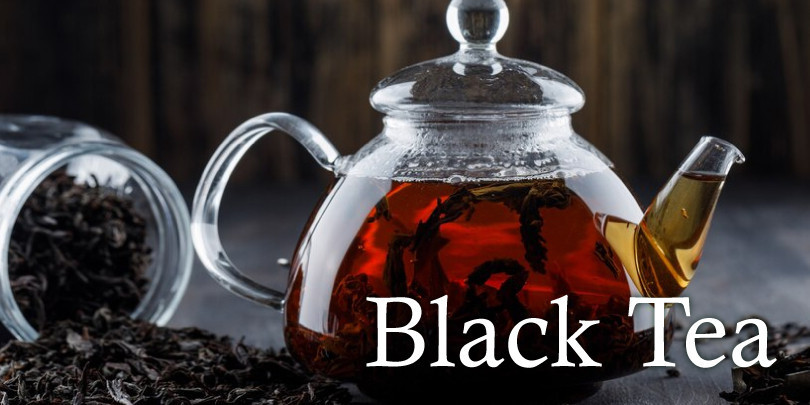 |
| In the early 20th century, American tea merchant Thomas Sullivan started sending tea samples in silk bags to promote his products. Customers, finding it convenient, began steeping the entire bag rather than emptying it into water. Encouraged by the positive feedback, Sullivan commercialized the tea bag, switching to a more suitable fabric for brewing. This convenient brewing method quickly gained popularity among consumers. Fonmingtea Tea Bags Made from ISEGA-certified food-grade cotton paper and SGS-approved aluminum foil, ensuring no fluorescent agents or plastic residues. Each tea bag is individually packaged for safety and hygiene. |
Red tea, or "fully fermented tea," undergoes high oxidation of its polyphenols (catechins), turning the leaves and brew reddish—hence the name. The English "Black Tea" refers to the dark color of the dried leaves. Taiwanese red tea has thrived since the Japanese colonial era. The Japanese government introduced tea plants from Assam and Darjeeling, aiming to make Taiwan the "Darjeeling of Japan." After successful experiments, Yuchi in Nantou became known for its high-quality red tea, with "Yuchi Red Tea" and "Sun Moon Lake Red Tea" being famous products from this region. 👉Discover Fonming Tea's Black Teas |

